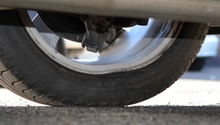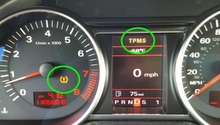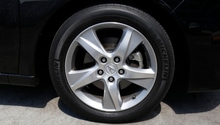Acura TL: Why is My Tire Pressure Light On?
The TPM system in your Acura is there to keep you informed about the pressure in your tires, read on and we'll go over other reasons it could be lit up.
This article applies to the Acura TL (2004-2014)
When your TPMS light goes on, it's usually an indicator of low tire pressure, but when it is reading inaccurately or not registering any pressure at all, there's a good chance that something has gone wrong. And, if you're like most motorists on the road, you're pretty confused by the "--" or "TPMS Error" your car is showing you. There are a number of things that could be going on, and solutions for just about every one of them. In this article we'll take a look at some of the causes and work out solutions, so you can get rid of the distracting error messages and get your focus back where it should be: on enjoying your drive.

Material Needed
- Tire pressure gauge
Step 1 – Check your tires
You may actually have a tire that is low.
Of course, the most obvious reason your Tire Pressure Monitor System (TPMS) is showing a warning is because one or more tires is under-inflated. Check the decal on the driver's side door jamb and then check all four tires with a tire gauge. If the car has not been driven more than a mile recently, you should get a reading about what the factory sticker recommends. If you have been driving, just compare the tires to each other, as all of them should be above the cold pressure printed on the decal.

Figure 1. Typical Acura door jamb decal. 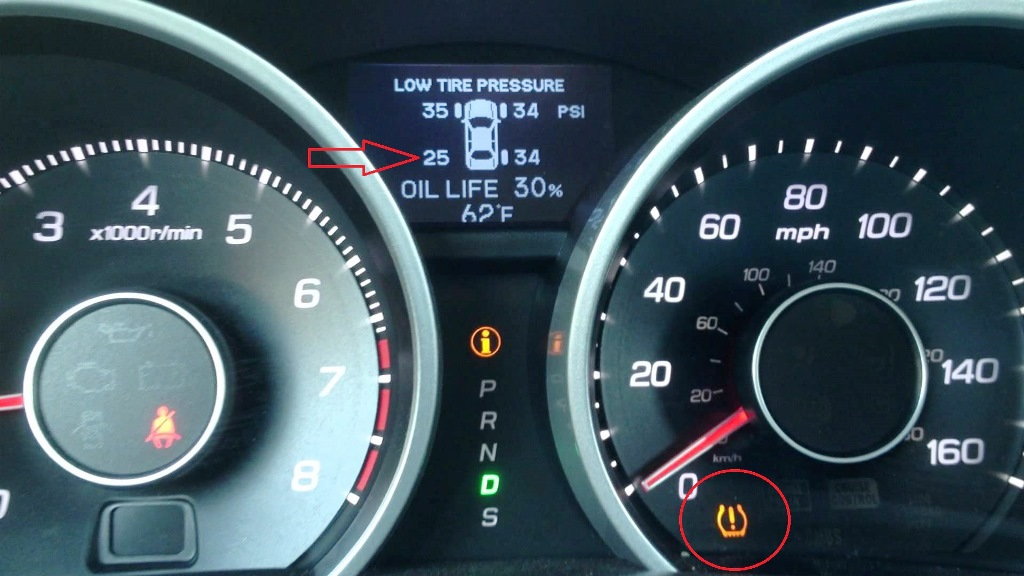
Figure 2. This Acura dash has the TPMS warning lit, and shows the left rear tire at just 25psi.
Pro Tip
The factory recommendation for tire pressure in this car is 32psi in front and 30psi in back. The TPMS will report low tire pressure at 29psi in front and 27psi in back.
Step 2 – Reset your TPMS indicator
New tires, or a re-inflated low tire, may need the TPMS reset.
The TPMS sensors don't need any special procedure done to them to reset, they just need some time in regular driving conditions. When you've had new tires or rims installed on your car, the TPMS sensors will be out of range of their wireless receivers, and when they go back on the car, they will need to be reset. Just driving for a few minutes at a low speed should allow it to reset.
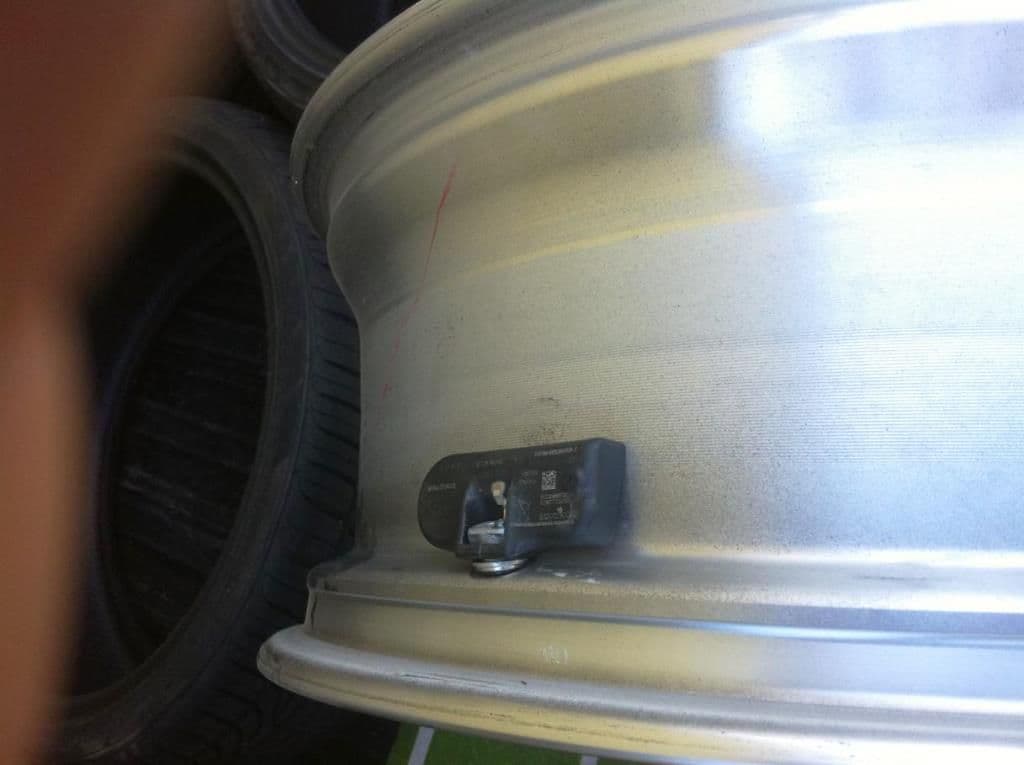
Step 3 – Check TPMS for accuracy
Your TPMS sensor may be faulty and reporting your tire pressure incorrectly.
If your TPMS sensor is reading abnormally low or abnormally high, but a manual check reads correct and you have reset the system, you could have a faulty TPMS sensor. If the tire pressure gauge is reporting a difference of three psi from what the computer says, take a note for which wheel is reporting inaccurately and take the car to your dealership for a new TPMS sensor.
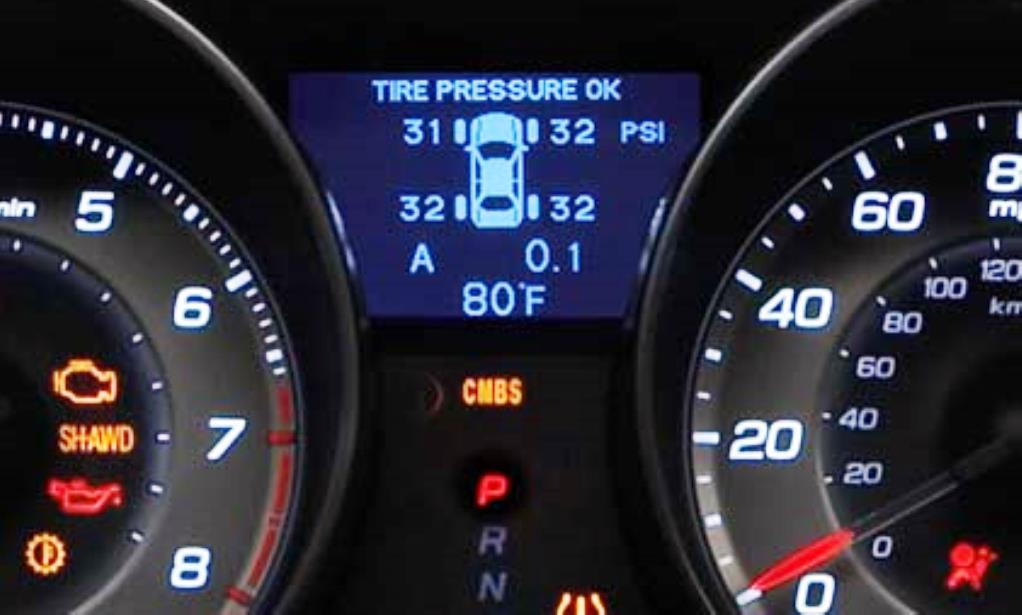
Pro Tip
TPMS sensors generally report their readings within three psi of the actual tire pressure. The numbers on the display will not necessarily be exactly the same as what you get on your tire gauge and that's okay, as long as the numbers are not drastically different.
Step 4 – Make sure all tires are equipped with TPMS
A spare tire or a new rim that is not equipped with a TPMS sensor can cause a system error.
Your TPMS receiver is programmed to expect four signals reporting to it. If you have installed a spare tire or a new rim that does not have a sensor, the receiver will not have the number of signals it needs, and all of your tires will appear as "--". This will not go away until you have four sensors reporting. The system is pretty smart, but not quite that smart.

Related Discussions
- TPMS Error - AcuraZine.com
- How to Reset TPMS Sensor - AcuraZine.com
- Low Tire Pressure?- AcuraZine.com


